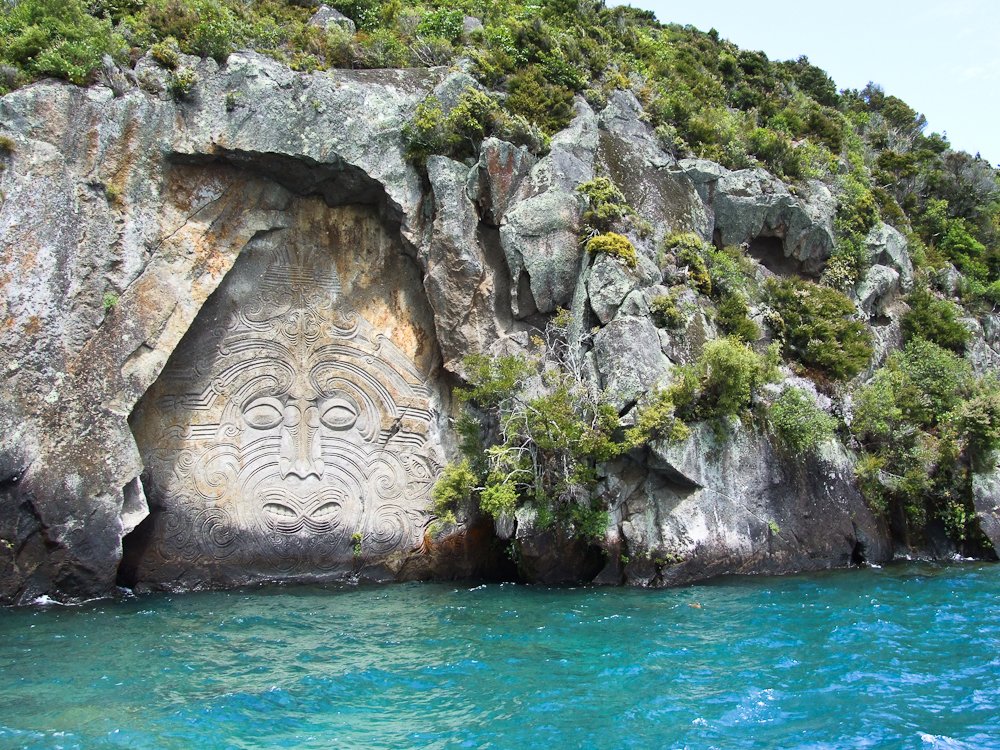High above the Valley of Oaxaca, where morning mist clings to mountainsides like ancient memories, stands one of Mesoamerica’s most spectacular archaeological sites. Monte Albán rises 1,300 feet above the valley floor, its flattened mountaintop defying nature’s design. This wasn’t just any ancient city – it was a testament to human ambition, a place where the Zapotec people literally moved mountains to create their sacred capital.
The Birth of a Mountaintop Metropolis
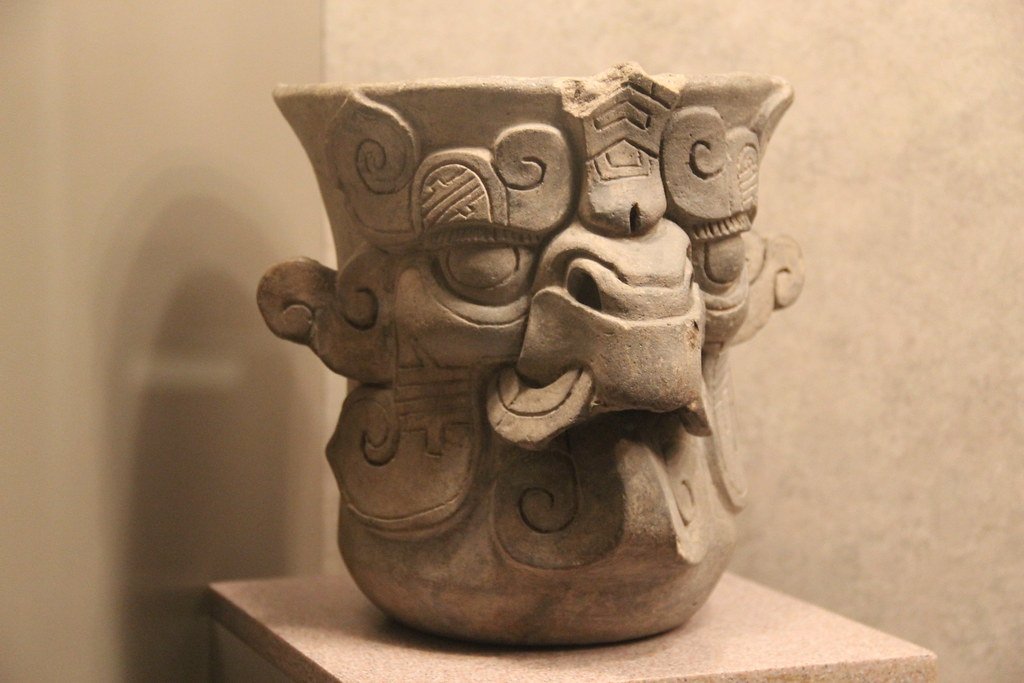
Around 500 BCE, something extraordinary happened in the highlands of Oaxaca. The Zapotec people looked at a perfectly good mountain and decided it needed to be completely reshaped. They didn’t just build on the mountain – they carved it, flattened it, and transformed it into the foundation for what would become one of the most important cities in ancient Mexico. The sheer audacity of this undertaking still leaves archaeologists speechless. Imagine trying to convince your neighbors today to level a mountain for a new city center. The Zapotecs didn’t just dream big; they executed on an almost impossible scale. This wasn’t gradual development over centuries – it was a deliberate, massive construction project that required moving millions of tons of earth and rock.
Engineering Marvel in the Sky

The engineering challenges of building Monte Albán were staggering, yet the Zapotecs solved them with remarkable ingenuity. They created a massive artificial plateau covering nearly 40 acres, complete with sophisticated drainage systems to prevent erosion during the rainy season. The main plaza alone required removing an estimated 200,000 cubic meters of earth and rock. Without modern machinery, every stone was moved by human hands, every terrace carved with simple tools. The precision of their work becomes even more impressive when you consider they had no written blueprints, no surveying equipment, and no wheeled vehicles. They relied entirely on human planning, coordination, and sheer determination to create this architectural wonder.
Strategic Location Beyond Compare

The choice of Monte Albán’s location wasn’t random – it was strategic genius. Positioned at the junction of three major valleys, the site offered unparalleled views of the surrounding landscape for miles in every direction. Any approaching army would be spotted long before they posed a threat. The elevated position also provided natural defense advantages that would have made the city nearly impregnable to ancient warfare tactics. From this vantage point, the Zapotecs could monitor trade routes, control access to the valley’s resources, and project their power across the region. It was like having a medieval castle, but on a scale that dwarfed anything Europe would produce for another thousand years.
The Great Plaza: Heart of Zapotec Power

At the center of Monte Albán lies the Great Plaza, a massive rectangular space that served as the beating heart of Zapotec civilization. This enormous courtyard, measuring roughly 300 by 200 meters, was large enough to hold thousands of people during important ceremonies and festivals. The plaza was perfectly level, a feat of engineering that required incredible precision given the mountainous terrain. Surrounding this central space were the most important buildings in the city: temples, palaces, and administrative centers that housed the elite. The plaza’s design created perfect acoustics, allowing speakers to address large crowds without modern amplification. Standing in this space today, you can almost hear the echoes of ancient voices and feel the weight of ceremonies that shaped an entire civilization.
Mysterious Building J: The Astronomical Observatory

Among Monte Albán’s most intriguing structures is Building J, an arrow-shaped building that stands out dramatically from the site’s typical rectangular architecture. This unusual structure has puzzled archaeologists for decades, but most now believe it served as an astronomical observatory. The building’s unique orientation aligns with specific celestial events, particularly the rising of certain stars and constellations that were crucial to Zapotec agricultural and religious calendars. Inside, carved stone slabs depict conquered territories and captive rulers, suggesting the building also served as a monument to military victories. The combination of astronomical function and political propaganda in one structure shows how the Zapotecs seamlessly blended science, religion, and statecraft. It’s like having NASA and the Pentagon in the same building, but with a temple thrown in for good measure.
The Zapotec Writing System: Voices from the Past

Monte Albán provides some of the earliest evidence of writing in the Americas, with inscriptions dating back over 2,000 years. The Zapotec writing system combined pictographic and phonetic elements, creating a complex method of recording information that predated most other Mesoamerican scripts. These ancient texts reveal names of rulers, records of conquests, and calendrical information that helps us understand how the Zapotecs organized their society. Many of the inscriptions are found on stone monuments called “danzantes” (dancers), though these carved figures likely represent captives or sacrificial victims rather than celebratory dancers. The writing system was so sophisticated that it included abstract concepts and grammatical elements, proving that the Zapotecs had developed one of the world’s earliest forms of true writing. Each carved glyph is like a time capsule, preserving the voices of people who lived and died centuries before Columbus ever set sail.
Sacred Ballcourts: Where Sport Met Ritual

Monte Albán features multiple ballcourts where the ancient Mesoamerican ballgame was played, but these weren’t just sporting venues – they were sacred spaces where cosmic battles were reenacted. The game involved keeping a rubber ball in play using only hips, shoulders, and elbows, while trying to pass it through stone rings mounted high on the court walls. The ballgame held deep religious significance, representing the struggle between the forces of light and darkness, life and death. Archaeological evidence suggests that some games ended with human sacrifice, though whether winners or losers were sacrificed remains debated. The courts themselves were architectural marvels, with sloped walls that created perfect acoustics and symbolic designs that reflected Zapotec cosmology. Playing ball here wasn’t just entertainment – it was a matter of life, death, and cosmic balance.
The Tomb of the Jade Mask: Buried Treasures

In 1932, archaeologists discovered one of Monte Albán’s most spectacular treasures: Tomb 7, containing the remains of a high-ranking individual buried with an incredible collection of gold, silver, jade, and turquoise artifacts. The tomb’s most famous artifact is an intricate jade mask, crafted with such skill that it ranks among the finest examples of pre-Columbian art ever discovered. The burial included hundreds of objects: golden ornaments, carved bones, crystal cups, and elaborate jewelry that demonstrated the incredible wealth and artistic sophistication of Zapotec elite. The tomb also contained the remains of sacrificed servants, highlighting the vast social inequalities that existed in Monte Albán society. This single burial contains more precious metals than most entire archaeological sites, providing a glimpse into the opulent lifestyle of ancient Zapotec royalty. It’s like discovering King Tut’s tomb, but in the mountains of Mexico.
Water Management: Engineering the Impossible

Building a major city on a mountaintop created serious water supply challenges, but the Zapotecs developed ingenious solutions that allowed Monte Albán to thrive for over a millennium. They constructed an elaborate system of canals, reservoirs, and underground channels that collected rainwater and transported it throughout the city. The system included settling tanks where sediment could be removed, ensuring clean water for the population. They also built terraces on the mountainsides to prevent erosion and create additional agricultural space, demonstrating their understanding of sustainable land management. The water management system was so effective that it supported a population of up to 25,000 people at the city’s peak. Modern engineers studying these ancient systems are amazed by their sophistication and efficiency, recognizing solutions that remain relevant today.
The Mystery of Monte Albán’s Abandonment
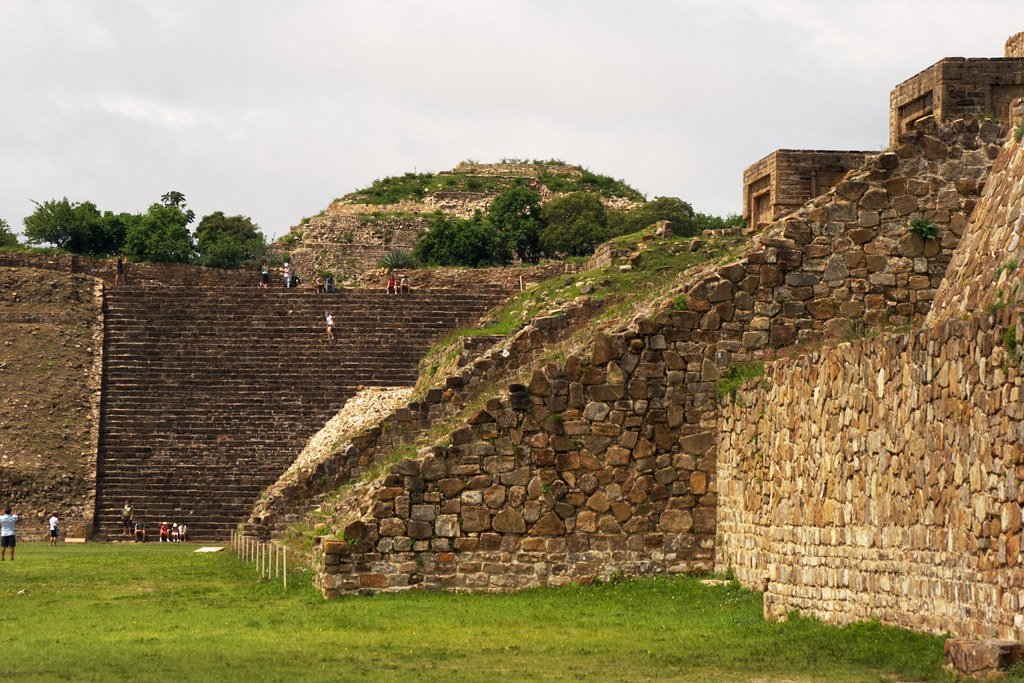
Around 700-900 CE, Monte Albán began to decline, and by 1000 CE, the great city was largely abandoned. The reasons for this decline remain one of archaeology’s great mysteries, with theories ranging from environmental degradation to political upheaval. Some evidence suggests that the city’s population gradually shifted to smaller settlements in the valleys below, possibly due to changing trade patterns or resource depletion. Climate change may have played a role, as the region experienced significant drought periods during this time. The abandonment wasn’t sudden or catastrophic – it was a gradual process that took place over several centuries. What’s remarkable is that the Zapotecs continued to use Monte Albán as a sacred burial ground for their elite even after the city was abandoned, suggesting that the site retained its spiritual significance long after losing its political power.
Hieroglyphic Mysteries: Decoding Ancient Messages

Monte Albán’s stone monuments contain hundreds of hieroglyphic inscriptions that continue to challenge archaeologists and linguists. Many of these ancient texts remain undeciphered, holding secrets about Zapotec history, religion, and daily life that we’re only beginning to understand. The inscriptions include date glyphs, place names, and personal names, providing glimpses into the political and social organization of ancient Zapotec society. Some monuments appear to record specific historical events, including conquests, alliances, and royal genealogies that span several centuries. The challenge of deciphering these texts is complicated by the fact that the Zapotec language has evolved significantly over the past 2,000 years, making ancient inscriptions difficult to interpret using modern Zapotec languages. Each newly deciphered text adds another piece to the puzzle of understanding this sophisticated civilization.
The Living Descendants: Modern Zapotec Culture
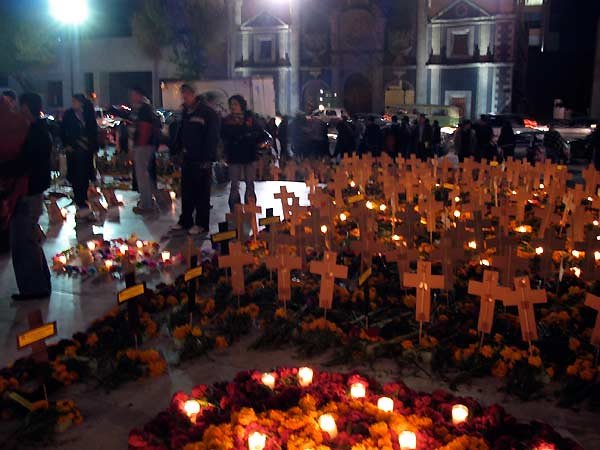
Today, over 400,000 people identify as Zapotec, making them one of Mexico’s largest indigenous groups. Many still live in the valleys surrounding Monte Albán, maintaining cultural traditions that connect them directly to the ancient city builders. Modern Zapotec communities continue to speak varieties of the Zapotec language, practice traditional crafts, and maintain religious ceremonies that blend pre-Columbian beliefs with Catholic traditions. The relationship between modern Zapotecs and Monte Albán is complex, involving pride in their ancestors’ achievements alongside concerns about tourism and archaeological preservation. Many Zapotec artisans create traditional crafts sold to visitors, providing economic benefits while keeping ancient techniques alive. The continuity of Zapotec culture provides unique insights into how ancient traditions can survive and adapt over millennia, making Monte Albán not just an archaeological site but a living cultural heritage.
Architectural Innovations: Building for Eternity

The architectural techniques used at Monte Albán were revolutionary for their time and influenced construction methods throughout Mesoamerica. The Zapotecs developed sophisticated earthquake-resistant building techniques, crucial for a region prone to seismic activity. Their buildings featured thick walls with rubble cores, flexible mortar joints, and weight distribution systems that allowed structures to sway without collapsing. The use of talud-tablero architectural style, with sloping walls topped by vertical panels, became a signature feature that spread throughout ancient Mexico. They also pioneered the use of concrete-like materials made from lime, sand, and volcanic ash, creating structures that have survived for over two millennia. The precision of their construction is evident in buildings that remain perfectly aligned with astronomical events, demonstrating their integration of mathematical, engineering, and astronomical knowledge.
Trade Networks: Monte Albán as Commercial Hub

Monte Albán’s strategic location made it a crucial hub in ancient Mesoamerican trade networks, connecting the Gulf Coast, the Pacific, and the Mexican highlands. Archaeological evidence shows that exotic goods from across the region flowed through the city: sea shells from both coasts, obsidian from volcanic regions, cacao from tropical lowlands, and precious metals from mountain mines. The Zapotecs developed standardized weights and measures, facilitating trade across different cultural groups. They also created a sophisticated market system that allowed for the exchange of both luxury goods and everyday necessities. The wealth generated by this trade helped fund Monte Albán’s monumental construction projects and supported its large population. Trade relationships extended as far as Teotihuacán in central Mexico, over 300 miles away, demonstrating the far-reaching influence of Zapotec merchants and diplomats.
Artistic Mastery: Beauty in Stone and Clay
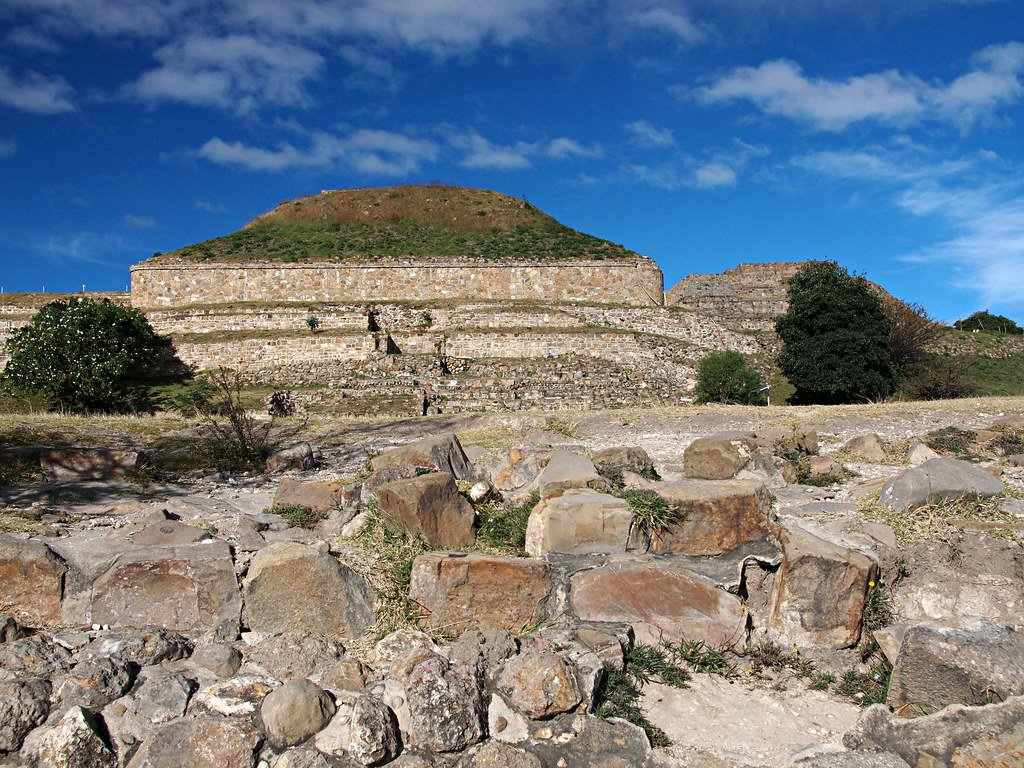
The artistic achievements of Monte Albán represent some of the finest examples of pre-Columbian art in the Americas. Zapotec artists excelled in multiple media, creating intricate stone carvings, delicate ceramics, elaborate jewelry, and stunning murals that decorated the city’s most important buildings. Their ceramic work shows remarkable technical skill, with thin-walled vessels, complex glazes, and sophisticated decorative techniques that required precise control of firing temperatures. Stone carving reached extraordinary levels of detail, with monuments featuring realistic portraits, complex mythological scenes, and intricate geometric patterns. The famous “danzantes” sculptures demonstrate the Zapotecs’ ability to capture human form and expression in stone, creating works that remain emotionally powerful after two millennia. Gold and silver working techniques produced jewelry and ornaments that rival the finest examples from any ancient civilization.
Religious Practices: Connecting Earth and Sky

Monte Albán’s religious practices centered on the belief that the mountaintop city served as a bridge between the earthly and divine realms. The Zapotecs worshipped a complex pantheon of deities associated with natural forces, agricultural cycles, and celestial events. Temple pyramids were oriented to capture specific solar and stellar alignments, turning the entire city into a massive astronomical calendar. Religious ceremonies included offerings of food, precious objects, and sometimes human sacrifices, particularly during important calendar dates. The practice of bloodletting, where nobles pierced their tongues and genitals with obsidian blades, was believed to provide spiritual nourishment to the gods. Archaeological evidence suggests that certain buildings were designed specifically for these ritual activities, with drainage systems to handle the blood and special chambers for storing ceremonial objects. These religious practices weren’t just personal beliefs – they were the foundation of Zapotec political and social organization.
Scientific Knowledge: Astronomy and Mathematics

The Zapotecs of Monte Albán possessed sophisticated knowledge of astronomy and mathematics that rivaled any ancient civilization. They developed accurate calendars that tracked both solar and lunar cycles, allowing them to predict eclipses and plan agricultural activities with precision. Their mathematical system included the concept of zero, independently discovered in the Americas centuries before it appeared in Europe. Astronomical observations were recorded in stone monuments and used to align buildings with celestial events, creating a city that functioned as a massive observatory. The Zapotecs could predict the movements of Venus, Mars, and other planets, incorporating this knowledge into their religious and political ceremonies. Their understanding of geometry is evident in the precise construction of their buildings and the mathematical relationships between different structures within the city. This scientific knowledge wasn’t just academic – it was practical information that helped them manage agriculture, navigation, and religious obligations.
Modern Conservation: Preserving Ancient Wonders

Today, Monte Albán faces numerous conservation challenges as archaeologists work to preserve this ancient wonder for future generations. Environmental factors like wind, rain, and temperature changes continue to erode the ancient structures, while increasing tourism creates additional pressures on the fragile site. Mexican archaeologists and international conservation experts collaborate on projects to stabilize buildings, protect carved monuments, and develop sustainable tourism practices. Modern technology, including ground-penetrating radar and 3D scanning, helps researchers study the site without damaging it. The challenge is balancing public access with preservation needs, ensuring that people can experience Monte Albán’s wonders while protecting them for the future. Climate change poses new threats, with more intense weather patterns potentially accelerating deterioration of the ancient structures.
Ongoing Discoveries: Secrets Still Emerging
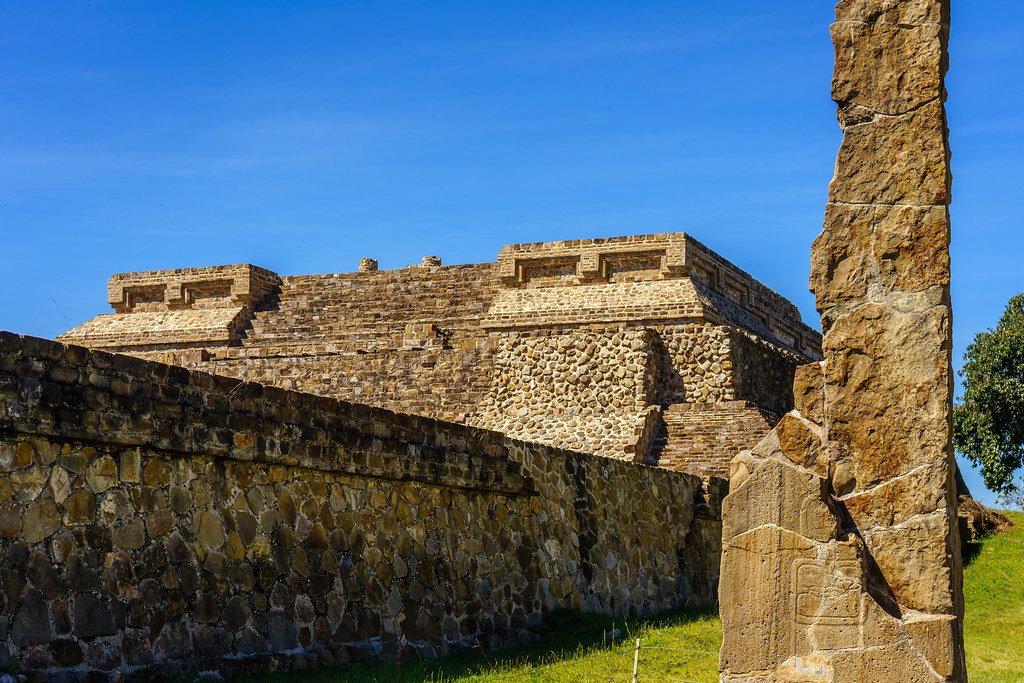
Despite over a century of archaeological work, Monte Albán continues to reveal new secrets about Zapotec civilization. Recent discoveries include previously unknown tombs, hidden chambers within existing buildings, and evidence of much earlier occupation than previously thought. New technologies allow researchers to explore areas that were previously inaccessible, revealing the full extent of the ancient city’s complexity. Ground-penetrating radar has identified buried structures that may represent earlier phases of construction, suggesting that Monte Albán’s history is even more complex than previously understood. Each new discovery adds to our understanding of how this remarkable civilization developed and flourished in one of the world’s most challenging environments. The site likely holds many more secrets, waiting for future archaeologists to uncover them using technologies we can only imagine today.
The legacy of Monte Albán extends far beyond its impressive ruins. This ancient city represents human ambition at its finest – the audacious dream of building a metropolis in the clouds became reality through ingenuity, determination, and extraordinary engineering skill. The Zapotecs didn’t just adapt to their environment; they transformed it completely, creating something that continues to inspire awe 2,000 years later. Their achievements in astronomy, mathematics, art, and urban planning rival those of any ancient civilization, yet they accomplished all this in relative isolation from the major centers of world civilization. Monte Albán stands as proof that human creativity and determination can overcome seemingly impossible challenges. What other mountains are we ready to move today?



